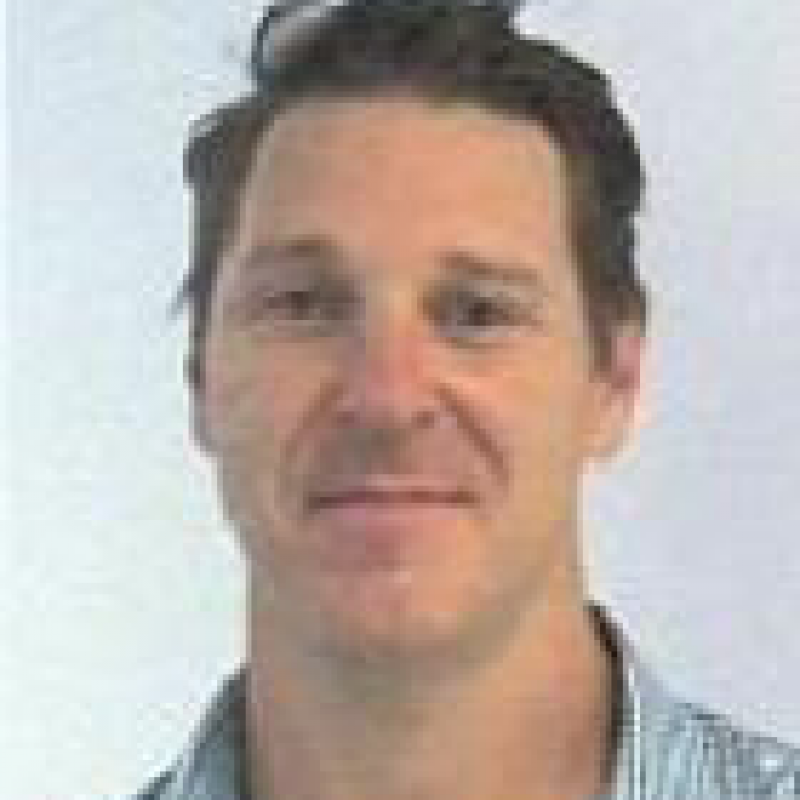Supervisors

- Position
- Senior Lecturer
- Division / Faculty
- Faculty of Health
Overview
Repair of the damage caused by mutagens such as UV and reactive oxygen species is vital to prevent cancer and premature aging and accordingly cells have developed a suite of intricate and specific DNA repair pathways. Loss or abnormal function of components of these pathways lead to cancer pre-disposition syndromes for example breast cancer in individuals carrying mutations in the BRCA1 or BRCA2 genes. Understanding the complexities of these DNA repair pathways is vital to efforts aimed at preventing or treating cancer. Through functional and Genome Wide Association Studies (GWAS) of patient cohorts of high risk/early onset melanoma, we have identified a number of novel gene variants and coding mutations that potentially underpin the susceptibility of individuals to developing melanoma. This project will focus on understanding the functional role of identified genes, primarily in the context of DNA repair, and characterising the impact of gene variance/mutations on these crucial functions.
Hypothesis
We hypothesise that variance and/or mutations in DNA repair proteins underpins the susceptibility to develop melanoma in many high-risk individuals. Accordingly, characterisation of these mutant proteins will allow us to understand the mechanisms by which these proteins contribute to melanoma formation and better predict patient susceptibility.
Aims
We will use a range of molecular and cell biology techniques to manipulate melanocyte cell gene expression to dissect the functional role of mutant DNA repair proteins and pathways in mutagenesis.
References
Yin K, et al., 2017. NR4A2 Promotes DNA Double-strand Break Repair Upon Exposure to UVR. Molecular Cancer Research 15: 1184-1196.
Kelvin Yin, Richard Sturm, Aaron Smith. 2014. MC1R and NR4A receptors in cellular stress and DNA repair: implications for UVR protection. Experimental Dermatology 23: 449-452.
Approaches/skills and techniques
Experimental approaches in this project may include melanocyte/melanoma cell transfection, lentiviral production and transduction, proliferation and invasion assays, cloning, proteomic analysis, immunofluorescence and immunohistochemistry and advanced microscopy and DNA repair analysis.